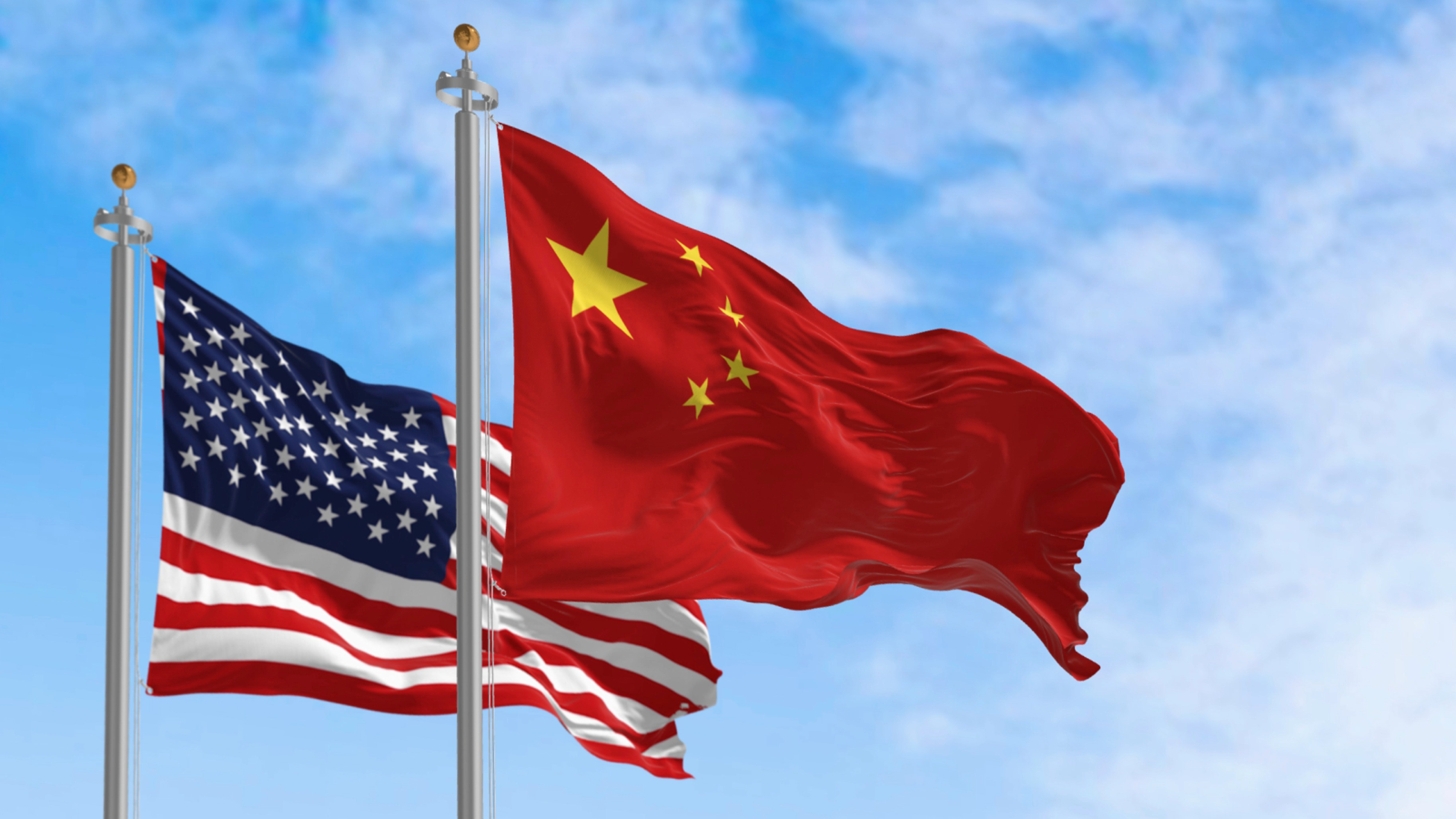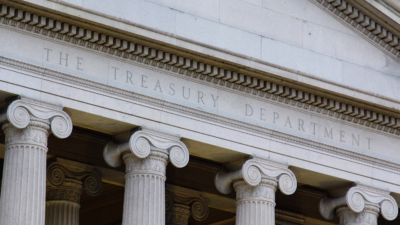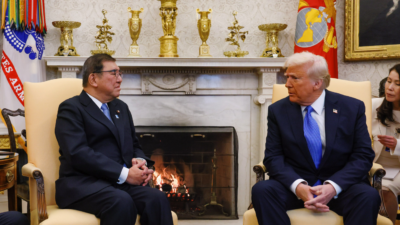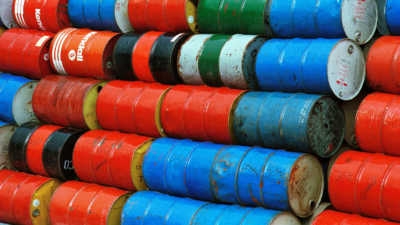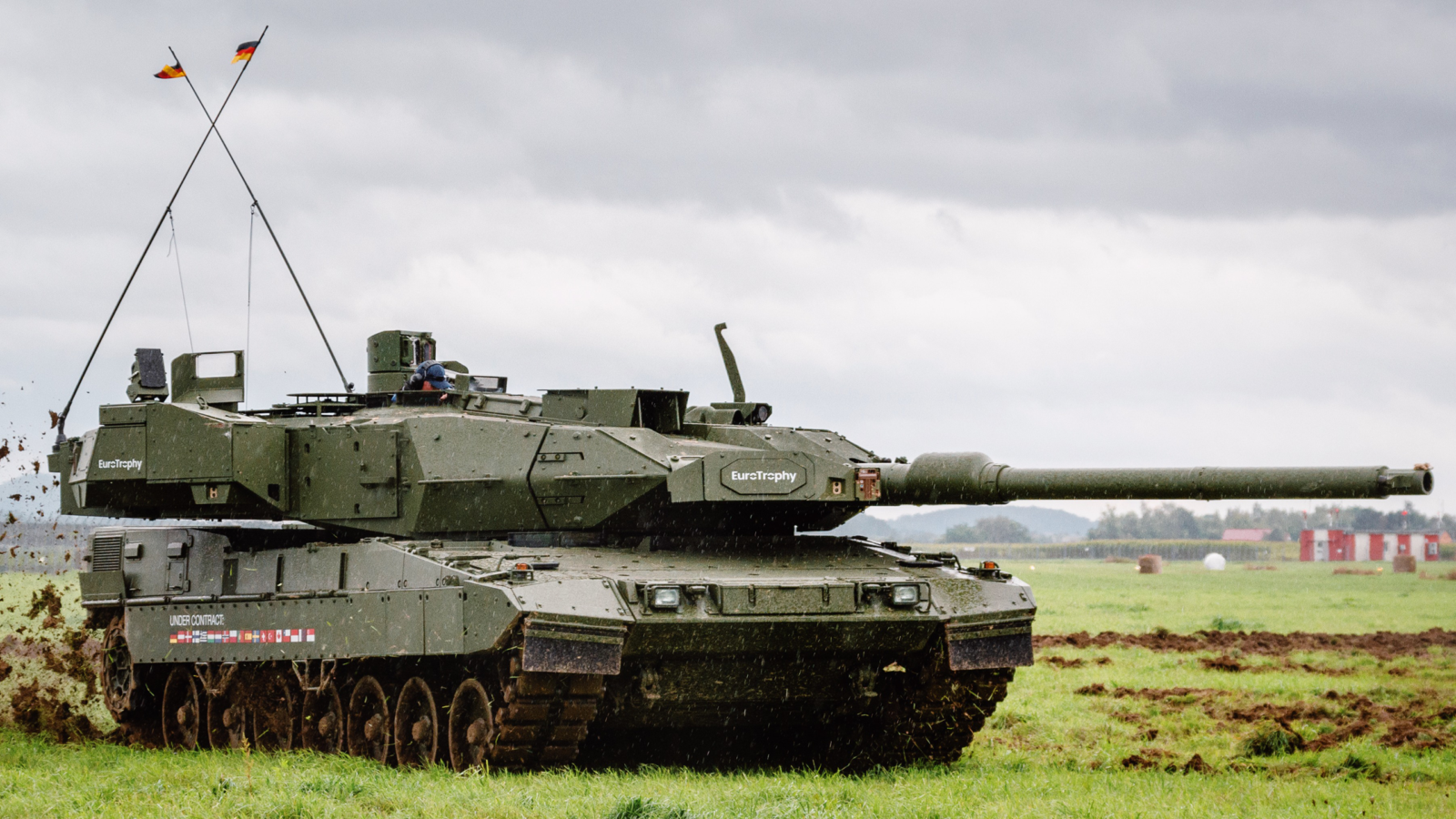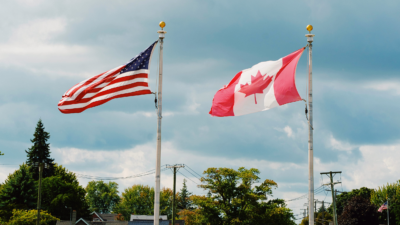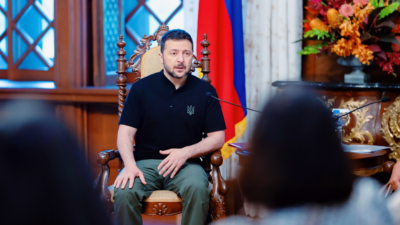Record Low Arctic Ice Levels Spur Jockeying for Sea Lane Supremacy
Up to three new international shipping routes could be opened amid melting ice, shortening trips between Asia, Europe and North America.
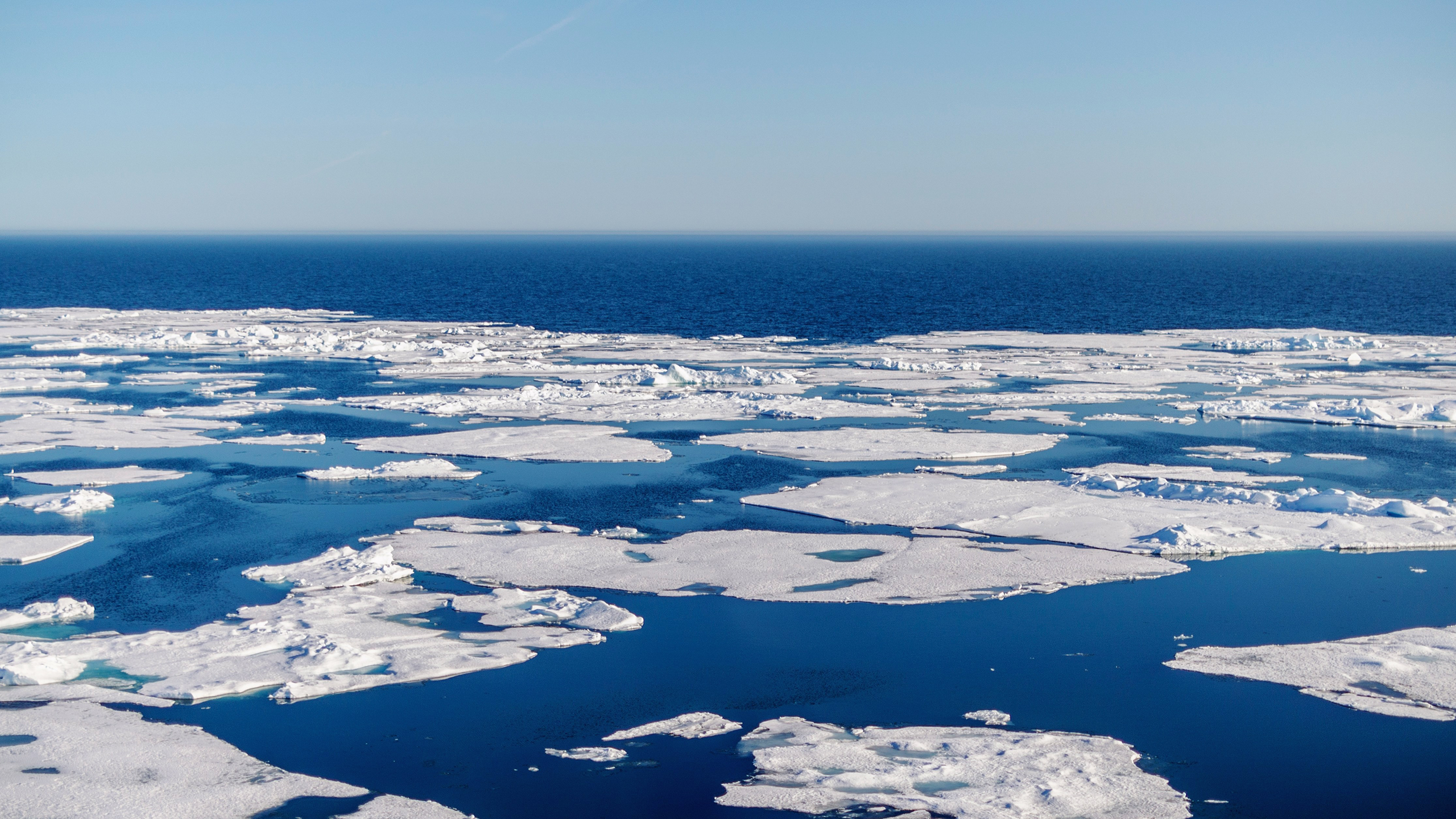
Sign up for smart news, insights, and analysis on the biggest financial stories of the day.
You thought last week’s financial news was chilling?
Scientists at Germany’s Alfred Wegener Institute said earlier this month that sea ice levels in the Arctic reached the lowest level since satellite monitoring began in 1979. The 14.45 million square-kilometer sea ice cover on March 21 was over a million square kilometers below the 1981–2010 average. It raises a reminder that there was a global economic turf war playing out well before tariffs came along.
Stay In Your Shipping Lane
The dramatic March figure is in line with other data that suggest glacier melts are accelerating amid global climate change. For example, NASA reported last month that the global sea level last year rose 0.59 centimeters, considerably more than the anticipated 0.43 cm.
The rapid changes have also unleashed a heated round of territorial jockeying amid countries claiming domain over the global north. Up to three new major international shipping routes could be opened as ice cover melts, shortening journeys between Asia, Europe and North America by 30% to 50% and avoiding the pricey and overcrowded Panama and Suez canals. (A Shanghai-to-Rotterdam trip, for example, could be cut in half from one month to two weeks).
And therein lies the cause of the jockeying: 52% of Arctic territory belongs to Russia, China has eked its way into the region by partnering with Moscow to develop shipping in the 3,500-mile so-called Northern Sea Route, and both countries have recently sent icebreakers on research trips. China and Russia together dominated the record Arctic shipping trade last year, with their 2.9 million tonnes accounting for 95% of cargo, much of it focused on energy. Which is one explanation why a certain Oval Office occupant has pushed for some territorial expansions:
- Behind Russia are Canada with 23% of Arctic territory and Denmark with 17%. The US has just 6% of the Arctic pie, which it holds via Alaska — Vice President JD Vance, you may recall, visited Greenland late last month as the Trump administration continued to push annexation of the Danish territory and Canada (both of which have strongly objected).
- Beyond potential shipping routes, of particular note are the vast energy reserves once trapped under frost — 30% of the world’s undiscovered natural gas and 13% of its undiscovered oil is in the Arctic, according to KPMG. Those energy deposits would be incredibly costly to extract, but there’s more than that: Access to cobalt, graphite, lithium, zinc, copper and nickel reserves in the Arctic has been made easier by global warming while Greenland alone has reserves of 43 out of the 50 “critical minerals” the US considers essential to national security, according to Benchmark Minerals.
Opportunity Amid Calamity: The Arctic is warming at four times the rate of the rest of the world. In December, a team of researchers found the Arctic Ocean could have its first ice-free day before 2030, much earlier than expected, with the median first ice-free day happening within 24 years. In especially somber news, they determined that, while a radical reduction in greenhouse emissions could delay the milestone, it likely wouldn’t prevent an ice-free Arctic at this point.
